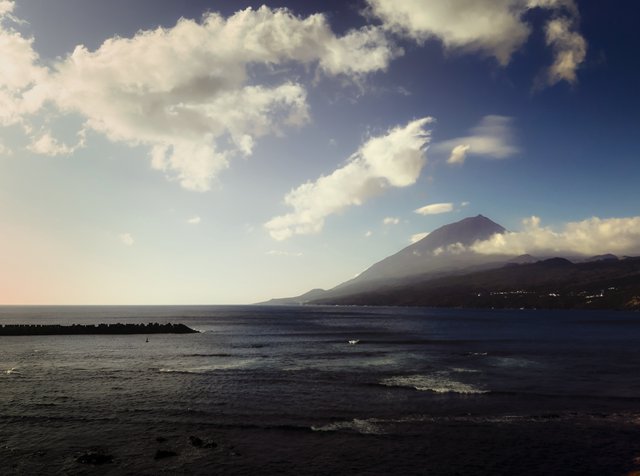Italy Community
✅ What caused the increase in piracy in the waters of the Azores during the Philippine rule?
Since the Azores became a strategically vital point where Portuguese and Spanish ships, loaded with colonial riches (gold, silver, spices), were required to stop for essential supplies such as water and other provisions, this situation brought with it a serious inconvenience: the island waters became one of the primary targets of foreign piracy.
The Treaty of Tordesillas, signed in 1494 between Portugal and Spain with the Pope's endorsement, established the division of the world into two hemispheres (the western and the eastern), granting exclusive overseas trade rights to the two Iberian nations and enforcing the principle of mare clausum—a closed sea, restricted from the circulation of other foreign powers, especially European ones. However, this treaty also created potential enemies who refused to accept this arrangement and instead advocated for mare liberum—the principle of free navigation for multiple nations. Unable to impose their arguments through legal means, these adversaries deliberately engaged in privateering to gain access to the valuable goods that the Iberians were transporting to Europe, particularly spices, precious metals, and luxury fabrics.
For the reasons mentioned above, the waters surrounding the Azores became an ideal location for these foreign agents (pirates and privateers) to intercept Iberian ships and carry out their raids.
The union between Portugal and Spain further exacerbated this issue, as it created new enemies and contributed to the rise of piracy in the waters of the Azores. England and Spain were declared enemies, leading English privateers to target Portugal more intentionally—essentially attacking the ships passing through the Azores. The Dutchman Jan Huygen van Linschoten, who stayed in Angra for some time starting in 1589, witnessed firsthand how dangerous voyages in these island waters had become due to the proliferation of pirates and privateers eager to seize ships returning from the Americas, laden with colonial riches.
Linschoten provides several examples. The greatest threat came from the English:
In 1589, Lord Cumberland landed on the islands of Faial and Graciosa, capturing several caravels.
In 1590, around 20 English ships, some belonging to the Queen of England, appeared off the coast of Terceira Island, intending to ambush the returning Spanish fleet from the West Indies.
In early 1591, several ships were captured by the English—one loaded with reales (Spanish coins), another with gold from Mina, and two others filled with pepper and other spices.
By the late 16th century, the English, with a significant fleet, posed a severe threat and relentlessly harassed the island waters in an astonishingly aggressive manner.

I am sharing photos of landscapes, moments and experiences. Nature and sea are the most visited themes in my photo collection, but any attention-grabbing aspect can be photographed. Hope you enjoy it...
| Category | #italy |
| Location | Pico Island - Azores |

)
Upvoted! Thank you for supporting witness @jswit.
Downvoting a post can decrease pending rewards and make it less visible. Common reasons:
Submit